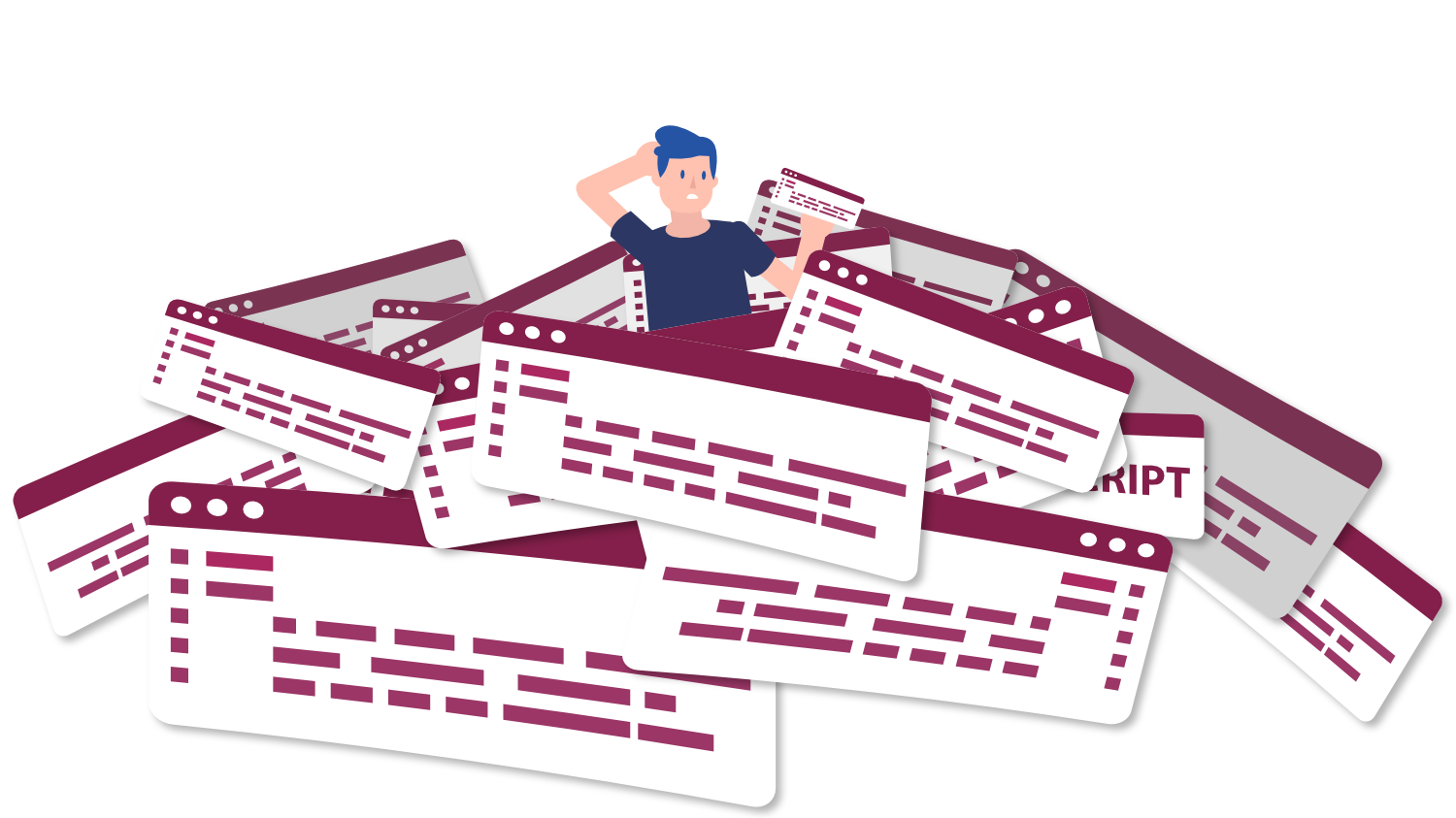What is a pointer gesture?
Question
Answer
Pointer gestures are ways that users can interact with a web page. The types of pointer gestures are single pointer, path-based, and multipoint gestures.
Single pointer gestures are anything that a user can do in one touch point, such as clicking a button or link. Single pointer gestures are ideal because they do not require users to do any additional movement to interact with the page.
Path-based pointer gestures have certain intermediate points that users must interact with. For path-based pointer gestures, sometimes the speed and direction are important. For example, a carousel with a horizontal scroll bar can have a swipe feature. Depending on the direction you swipe, the carousel will move in that direction. Path-based pointer gestures can be barriers to people who use keyboards, so having additional single point gesture components is recommended. For the carousel in the previous example, having previous and next buttons would be examples of single point gestures.
Multipoint gestures are gestures that use more than one touch point. Multi-pointer gestures are common on mobile devices, such as functions that require two or more fingers to complete motions on the screen. These gestures can be difficult for users who cannot use more than one touch point.
Dragging can often be confused as a pointer gesture. Dragging is not a pointer gesture because users do not have to follow a determined path. To learn more about dragging, check out the success criterion coming to WCAG 2.2, Success Criteriion 2.5.7: Dragging.


